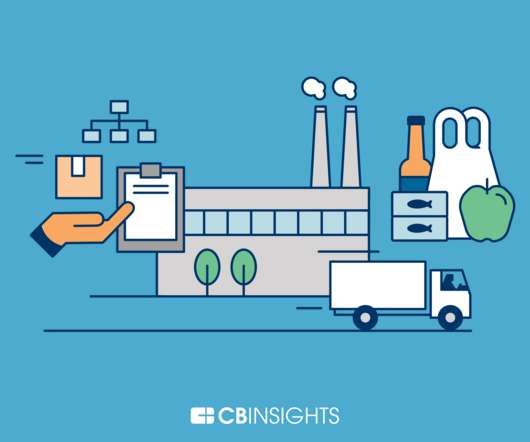What are Developing Countries Doing to Improve Access to Finance?
The Fintech Times
JULY 24, 2024
Mila Khrapchenko, co-founder and co-CEO at Ameetee “They often progress faster in financial inclusion than developed nations due to more acute financial accessibility issues, lower living standards, and lower market entry barriers. Micro and nano lenders often deal with borrowers who have no bank accounts or credit bureau records.











Let's personalize your content